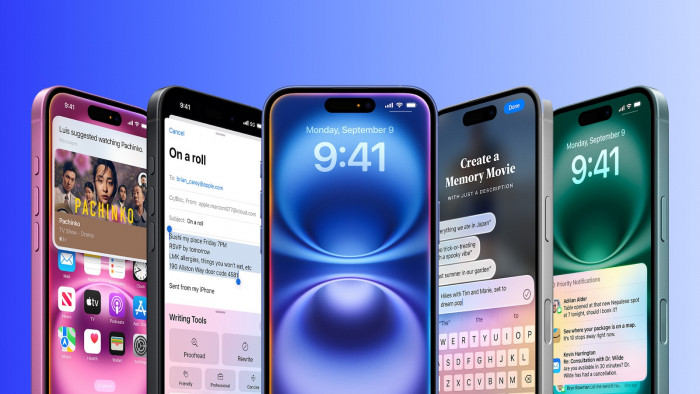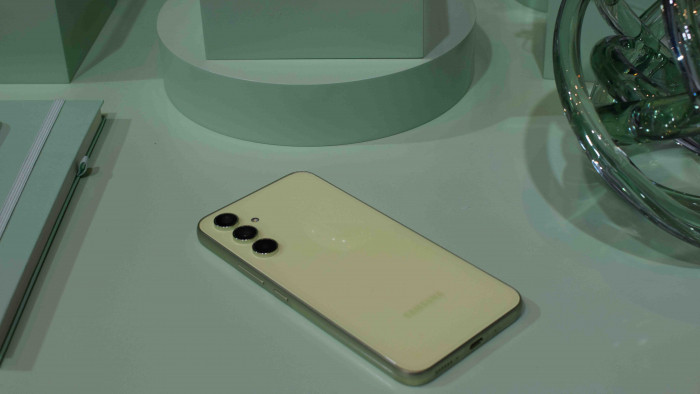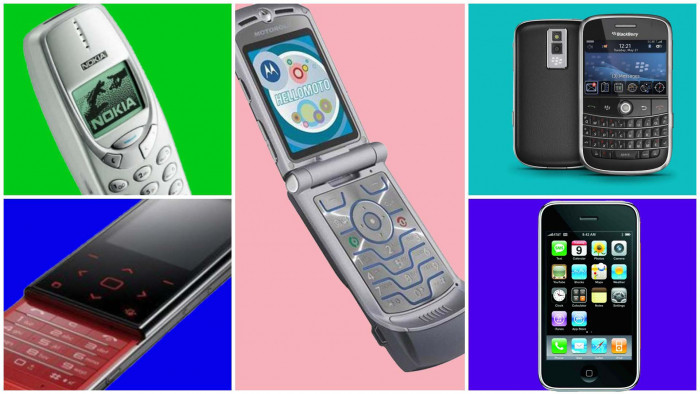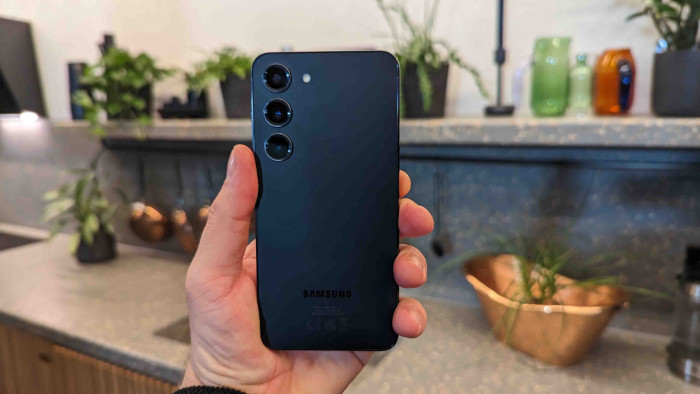Self-healing smartphone screens are coming to end your cracked screen nightmare
Could it be curtains for shady smartphone repair stalls across Britain?


There’s probably no more annoying feeling in the world than the first crack on the screen of a new smartphone. You can get them repaired, but it’ll usually cost upwards of a hundred quid and take weeks before you can see it again.
But some frankly incredible research from one polymer scientist means screen cracks might end up as a thing of the past by the time 2020 rolls around.
Dr Chao Wang, from the University of California at Riverside, claims to have invented a material that can be used in phone screens – and which can heal itself, even from big cracks. In fact, even when torn in half, the material is able to reattach to itself within 24 hours.

He told Business Insider: “The material, which can stretch to 50 times its original size, is made of a stretchable polymer and an ionic salt. It features a special type of bond called an ion-dipole interaction, which is a force between charged ions and polar molecules. This means that when the material breaks or has a scratch, the ions and molecules attract to each other to heal the material.”
The key to this new material is the fact that it can conduct electricity – it’s electric signals from your fingers that are what let you interact with a phone screen in the first place. And Dr Wang reckons his material will be in consumer phones as early as 2020 – possibly putting thousands of dubious phone repair booths out of business across the country.
“Self-healing materials may seem far away for real application, but I believe they will come out very soon with cell phones. Within three years, more self-healing products will go to market and change our everyday life,” he said. “It will make our cell phones achieve much better performance than what they can achieve right now.”








